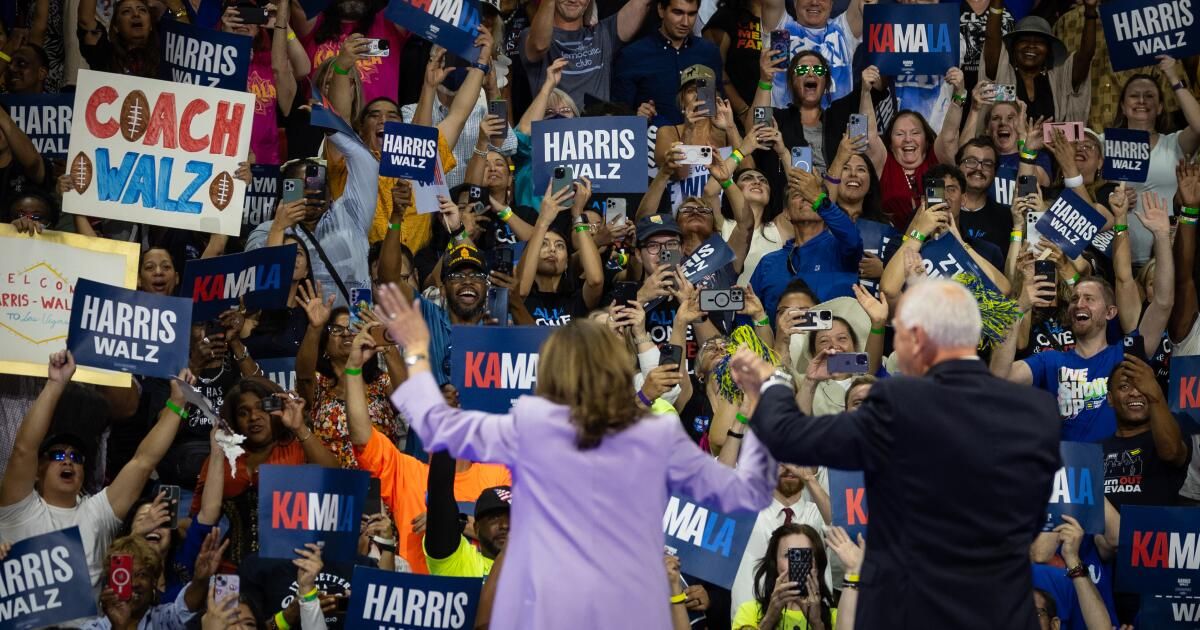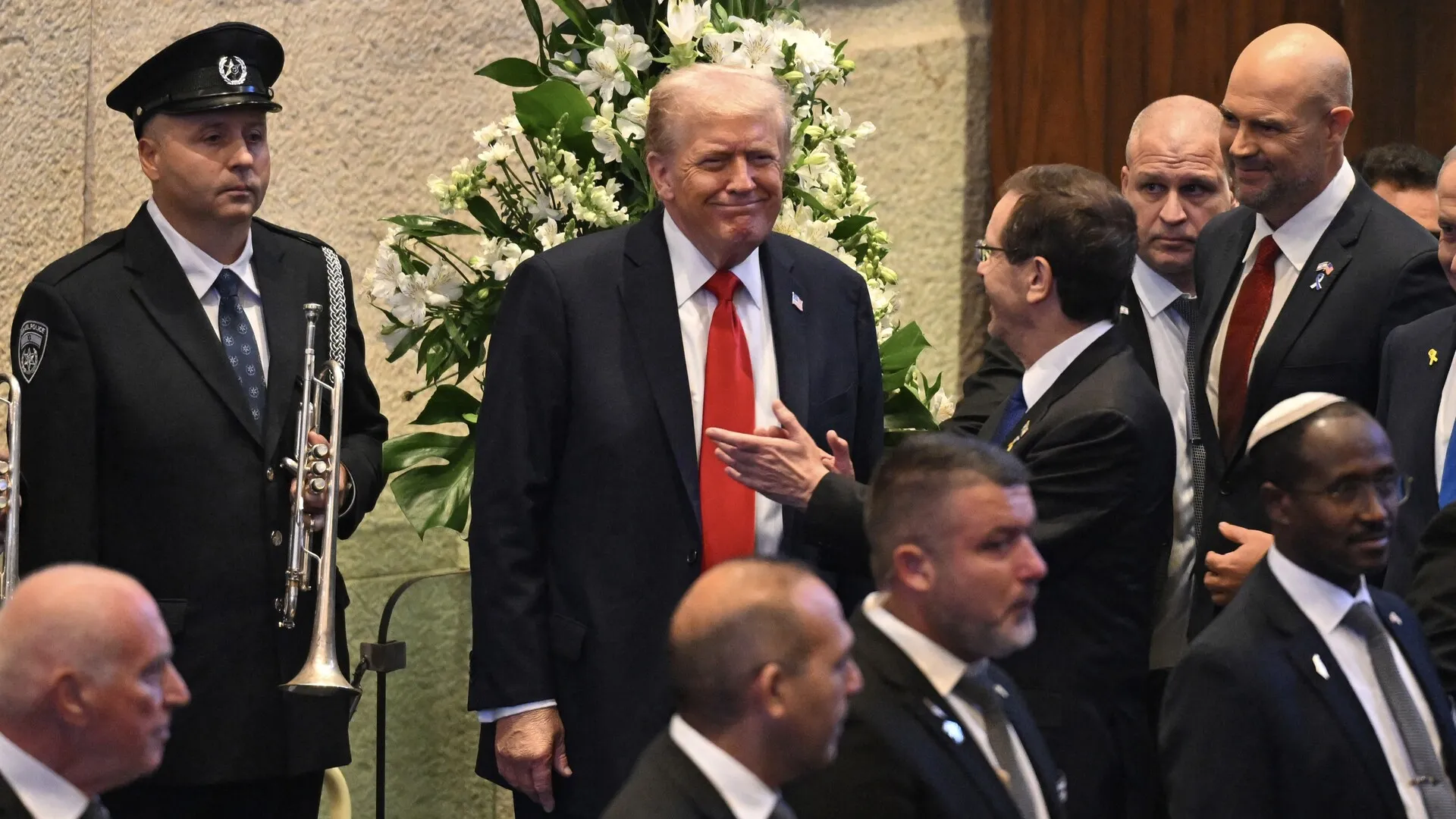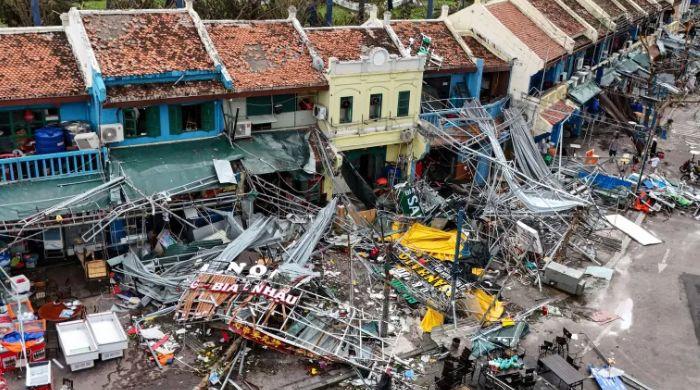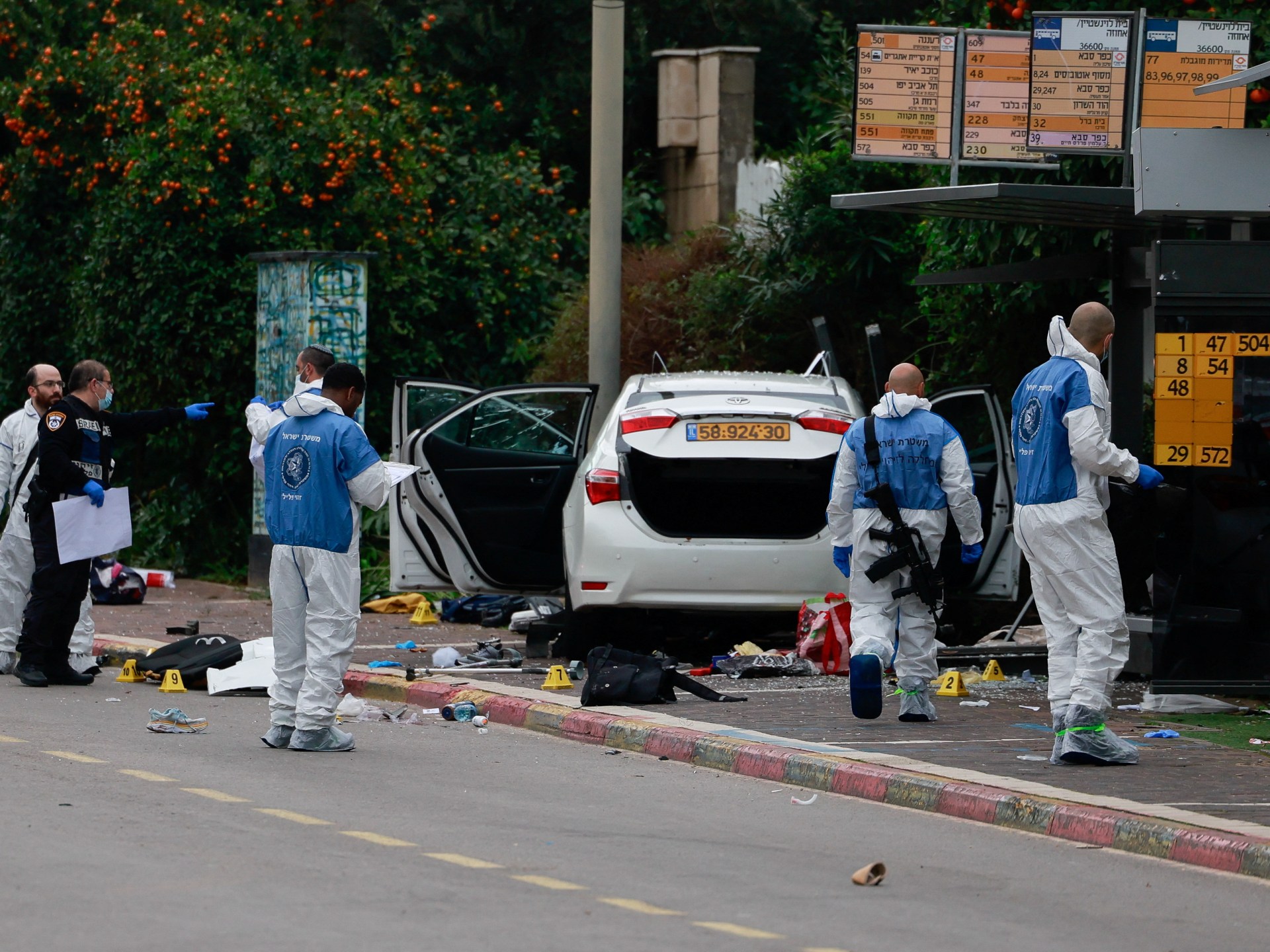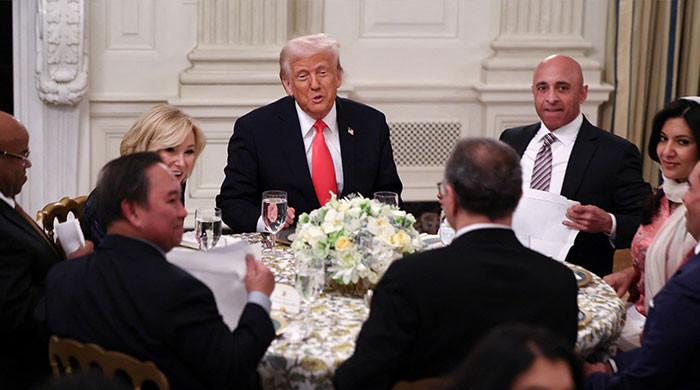Forget the economy, the war in Gaza, the dangers of global warming. Let's not talk about the crime problem or Trump's favorite topic, immigration and the border.
What has the Republican presidential candidate really fired up is the size of the crowd. Specifically, the dazzling crowds that greeted Kamala Harris and her running mate, Tim Walz, on last week's jaunt through the battleground states to get to know each other.
More than 14,000 people turned out to vote in Philadelphia. Some 15,000 enthusiastic supporters flocked to Harris-Walz rallies in Las Vegas, suburban Detroit and outside Phoenix.
Trump's skull looked like it was about to explode.
“It’s a SETUP. She had NO ONE waiting for her and the ‘crowd’ looked like 10,000 people,” Trump babbled in one post, claiming the hordes were actually fakes generated by artificial intelligence. “This is how Democrats win elections, by CHEATING, and they are even worse at the ballot box. She should be disqualified because the creation of a fake image is ELECTION INTERFERENCE.”
Unlike, say, PAYING HUSKWELL MONEY to a pornographic film actor to cover up an extramarital affair that would have sunk Trump's faltering presidential campaign in its final days.
But we are digressing.
There is no doubt that the vice president is riding an incredible wave of enthusiasm.
Whether it will peak as Democrats shed their exuberance in believing that all is not lost, or whether it will continue to grow as Barack Obama did by drawing huge crowds in the fall of 2008, remains to be seen.
But there is no doubt that Trump is having a hard time recalibrating and acclimating to a startling new political reality. His opponent is no longer an 81-year-old, but his rising, forward-looking replacement is 19 years younger than Trump and, for the moment, a far more compelling political figure.
The former president, who requires attention like others need oxygen, cannot stand being relegated to the background.
George Arzt, a veteran Trump watcher, finds his seizures in front of crowds revealing.
“Donald is a very competitive guy, and he always speaks in superlatives: ‘The greatest,’ ‘The best,’” said Arzt, a New York City political and public affairs consultant whose history with the former Manhattan real estate developer dates back to the 1970s. (Trump, who is known for shaving his golf swings to improve his golf game and adding phantom floors to increase the size of his skyscrapers, once called the practice “truthful hyperbole.” Others would describe it more simply as “lying.”)
The impulse to exaggerate — and vent his frustration in endless sentences with awkward punctuation and random capitalization — is a sure sign that Trump is in trouble.
“He's a person who, when he's in trouble, he holds on to things,” Arzt said, “and then the words just come pouring out.”
What is demonstrable — and the reason Trump has gone even crazier than usual — is that Harris has drawn far larger crowds than Trump or President Biden, whose campaign, before he left, was a Democratic exercise in making the best of a funereal situation.
Donald Trump's fixation with crowd sizes is nothing new: he claimed in 2017 that his inauguration, below, had drawn more people than Barack Obama's 2009 inauguration, above, despite aerial photos showing otherwise.
(Associated Press)
The Crowd Counting Consortium, a nonpartisan academic organization that tracks political gatherings across the United States, estimates that Trump has drawn an average crowd of about 5,600 people at events this year. Biden drew about 1,300 people. Harris, at her six campaign events last week, had an average crowd of nearly 13,500.
It's impressive, but the size of the crowd, to be clear, doesn't reveal much about the state of a political contest.
“Crowd size can tell us something about enthusiasm, and enthusiasm matters for things like donations and volunteers,” said Jeremy Pressman, a political science professor at the University of Connecticut and co-director of the Crowd Counting Consortium, a joint project of the university and Harvard’s Kennedy School of Government.
“But it’s important to remember what it doesn’t tell us,” he continued. “It doesn’t tell us who’s ahead, it doesn’t tell us who’s winning, it doesn’t necessarily predict who will win at the end of the day.”
A popular candidate may draw tens of thousands of people to a campaign rally, but that is an infinitesimally small number compared with the 155 million Americans who voted in 2020 or the 138 million who voted in 2016, and it offers no meaningful indicator of the state of a race.
Crowds are also self-selecting, meaning they don’t necessarily reflect broader sentiments. Attending a political rally requires a time commitment and level of interest beyond that of the average voter. Bernie Sanders, for example, had legions of loyal supporters and consistently drew larger crowds than Biden during the 2020 primary season. Still, the Vermont senator fell far short of winning the Democratic nomination.
For now, Democrats are having a blast trolling Trump, posting photos of his and Harris’s rallies, and urging their supporters to flock to the polls, just so they can get a handle on Trump’s mind — which hasn’t been difficult, given his long-standing obsession with counting the crowd. Recall how the narcissist-in-chief spent his first days in the White House defending the ridiculous claim that his inauguration had surpassed Obama’s.
“I’ve spoken to very large crowds,” Trump boasted at last week’s press conference, to a delighted audience. “Nobody has spoken to larger crowds than I have.”
He even claimed that his January 6, 2021, speech in Washington—which, not coincidentally, preceded a violent attempt to overturn the 2020 election—drew more people than Martin Luther King Jr.’s famous speech at the 1963 March on Washington (another lie).
The king had a dream.
Trump is delusional.

